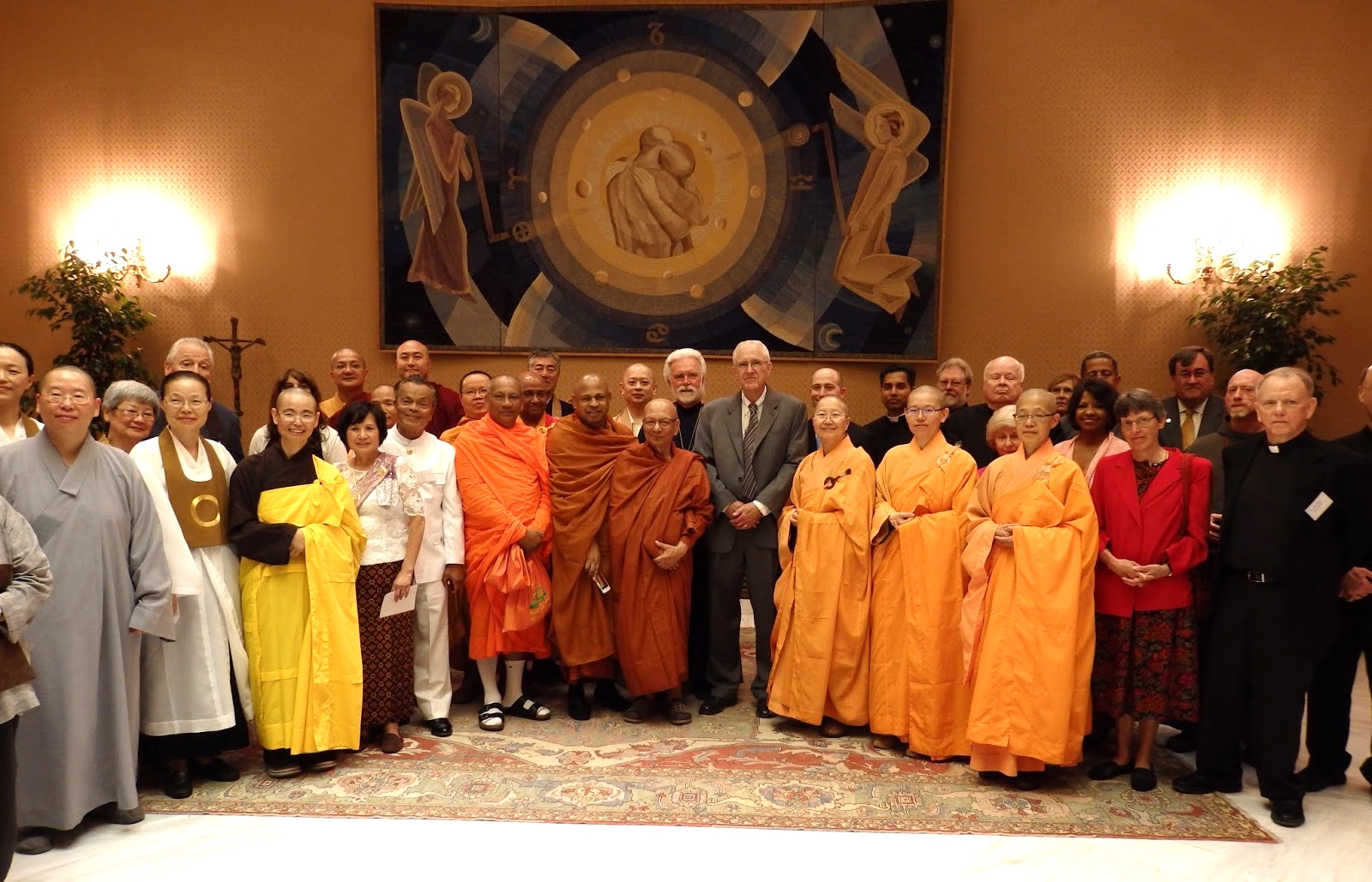In today’s world, religious based conflict is a known fact to all. Considering the issue of religion, this article is all about the inter-religious dialogue as a mean to find a new dimension for peace. At first, we need to be clear about the meaning of Interreligious and interfaith dialogue, being the exchange of religious views of different religious background through cooperation, mutual understanding, and respect to all religions that allow people to live together in spite of their religious diversities in peace.
The word interreligious dialogue concerns the positive interaction between people of different religious perspectives. In this case, when we talk about the religion having a dual legacy: the first one is conflict and the other one is peace. Now the questions are: why such kind of war is happening based on religion? Why religion is an issue in the case of war conflict and how conflict can be removed through religion?

The aim of this articles is to figure out some of the root causes of conflict based on religion and their plausible solutions through using new mechanisms and approaches based on inter-religious dialogue. Ethno-Religious conflict is one of the root causes of all conflicts. This is a conflict where two or more groups of communities occur a conflict based on religion. They often engage in a conflict in terms of traditional belief, culture, attitude, behavior on the basis of their own religion. One group always tries to establish his/her religion as a superior one. Here, religion plays an important role to make a division among close proximity societies & cultures and their history is filled with violence, trauma, and resentment.
However, in reality, each and every religion tells something different and always speaks about peace, not about war. Whatever the causes of conflicts are, inter-religious dialogue is a symbol of peace. So, let’s have a look at the issue of inter-religious dialogue.
One of the mechanisms of inter-religious dialogue can be transforming cultural violence into cultural peace. To establish religion-based cultural peace, we can consider the flexibility of culture, tradition & national symbols, values, myths, images and so on. We should also address the traditional conflict resolution tools and for this purpose: the scholars and practitioners find a solution to remove these tools by a new approach called peacebuilding. This approach focuses on building and repairing relationships as well as the cause of conflict.
Peacebuilding is a complex and dynamic process of changing the relationship, perception, attitude, behaviors, interests that be responsible for violence conflicts. Considering multiple levels of society, peacebuilding addresses the main causes of the conflict through long-term economic and social justice provisions, reforming the political structures of governance, strengthening the rule of law. It also provides some strategies and tactics to prevent a conflict, terminates it, transforms it, or resolve it.
An important aspect of peacebuilding is to change the attitude and the behavior through rebuilding trust which requires clarifying misunderstandings, removing negative perceptions and stereotypes, and transforming enemy images. “When religious images, texts, and symbols are used to plant the seeds of mistrust and suspicion between groups through demonization and dehumanization, only the same religious tradition can provide the antidote. Each religious tradition holds a variety of moral and spiritual resources that can facilitate rebuilding trust, transform perceptions, and inspire a sense of engagement and commitment to the peacebuilding process” ( Abu-Nimer et al. 2001: 686). Religious rituals, values, and principles can facilitate healing and trauma management (Green and Honwana 1999; Nolte-Schamm 2006). Another most effective and useful tool is the use of Educational initiatives or training programs, as the ones pursued by Auxilia onlus, aiming at breaking down stereotypes through lectures, panels, and sermons at religious sites can also be considered inter-religious dialogue.
Besides formal interaction, dialogues may include casual interactions such as joint concerts, art exhibitions, or other performances such as (plays or dances) can also bring communities together in a positive environment and help rehumanize the other through expressing and sharing emotions. Joint prayers or standing side by side during a funeral can also transmit important symbolic messages of peace as well as a joint celebration of religious holidays. There are several numbers of peacemaking examples in history. For instance, Pontifical Council for Interreligious Dialogue (PCID) Speaking, listening, giving and receiving for mutual growth and enrichment through Inter-Religious dialogue, founded in 1964; All Africa Conference of Churches. It was accelerated with the signing of the peace agreement based on religious faith by the church leaders in Juba, south Sudan, 1972; European Council of Religious Leaders (ECRL), an European platform which calls for actions to promote peaceful and fruitful coexistence for people inside and outside borders, Madrid Interfaith Dialogue Conference, the first step to creating a UN Council on interfaith dialogue, founded in 2004.
To conclude, the whole paper represents the meaning, definition and scope of inter-religious dialogue. Later on, it discussed some crucial international conventions and conferences regarding inter-religious dialogue and its ground breaking usage for problem solving issues as modern wars are carried out based on culture, nation and religion. Finally, I would like to say interreligious dialogue is a supplementary method to develop our faith in a more positive way. It is worth mentioning about the process of interreligious dialogue what can transform conflict into peace.
Tanjil Hossain






